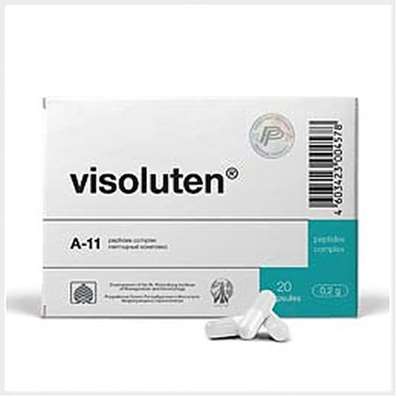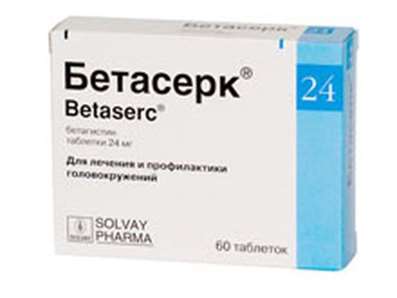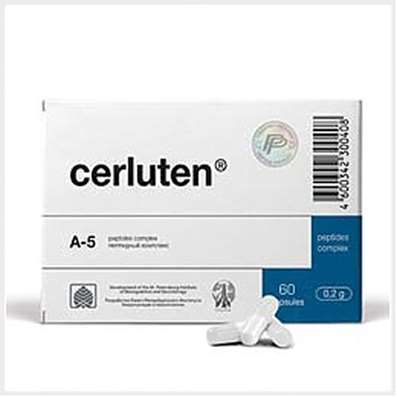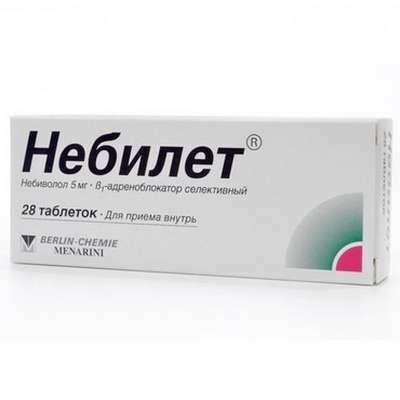Instruction for use: Potassium iodide + Sodium chloride + Polyethylenglycol
I want this, give me price
Trade name of the drug – Polyoxidinum
The Latin name of the substance Potassium iodide + Sodium chloride + Polyethylenglycol
Kalii iodidum +Natrii chloridum+ Polyaethylenglycolum (genus. Kalii iodidi +Natrii chloridi+ Polyaethylenglycoli)
Pharmacological group:
Substitutes for plasma and other blood components in combinations
Model clinical-pharmacological article 1
Pharmacological action. Combined drug, has a plasma-substituting, antiaggregant, anti-shock effect. Replenishes volume of blood circulation.
Indications. Hypovolemia (acute blood loss, post-traumatic and postoperative shock).
Contraindications. Hypersensitivity, TBI, intracranial hypertension, arterial hypertension, CHF II-III st.
Dosing. With developed shock - IV by stream infusion, 100-400 ml; If necessary, up to 1200 ml. The rate of administration is determined by the patient's condition, the amount of arterial and venous pressure, the pulse rate and hematocrit. After normalization, blood pressure changes to the drip route of administration. When blood loss is more than 500-700 ml and severe anemia, the transfusion of polyoxydin is combined with blood transfusion. As the central venous pressure increases, the rate of administration decreases. In operations for the prevention of operational shock - in / in drip (60-80 cap / min), with the transition to jet injection with a sharp decrease in blood pressure.
Side effect. Hyperthermia, nausea, vomiting, allergic reactions.
Special instructions. After transfusion, it is necessary to monitor blood pressure, hematocrit, Hb, a general blood test, urine analysis, and the state of the blood coagulation system. Transfusion does not exclude the need for other anti-shock measures (anesthesia, the introduction of cardiotonic drugs, vasoconstrictive drugs and GCS).

 Cart
Cart





